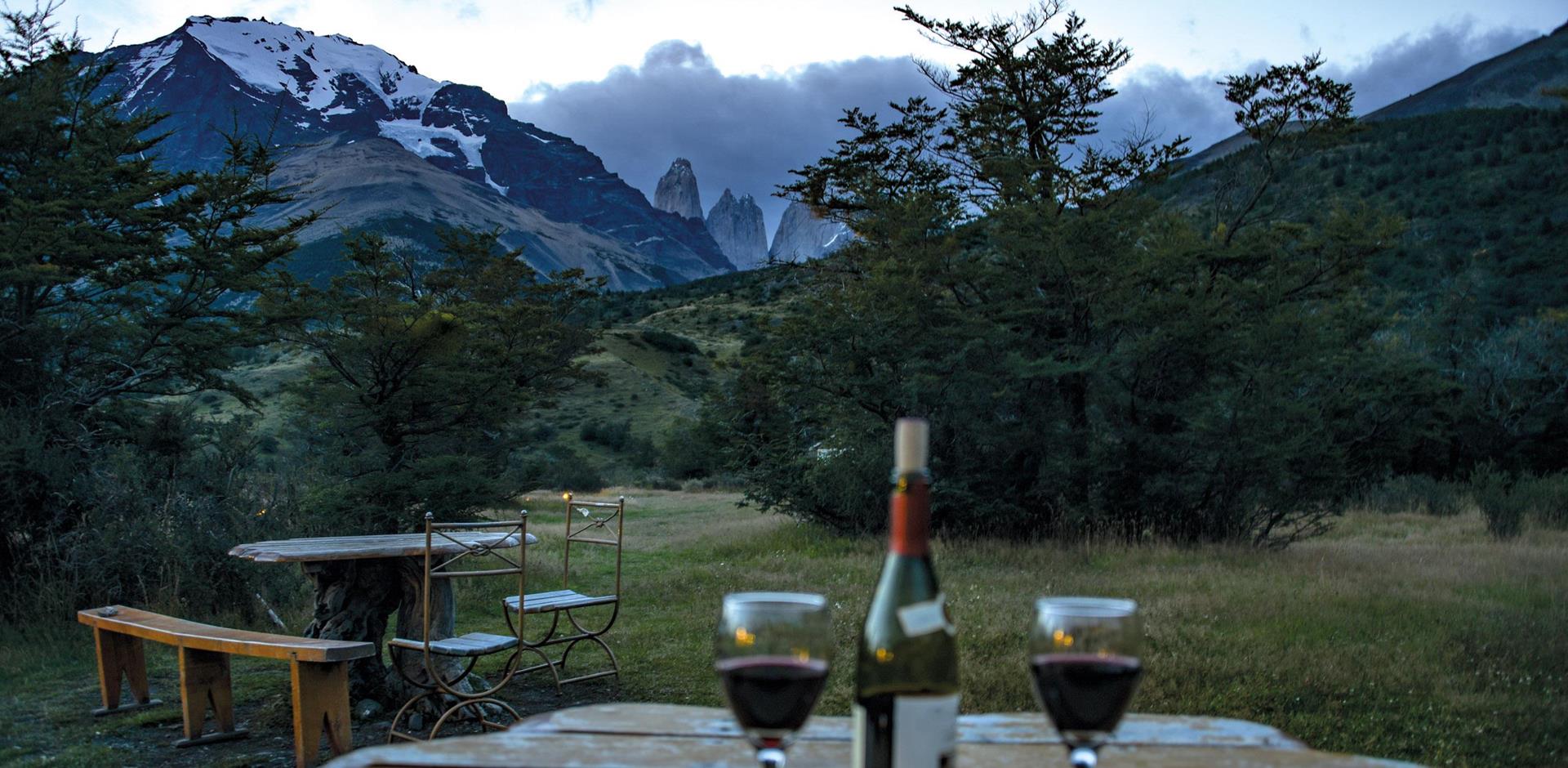
Chilean food and wine

The world’s driest desert, rainforest, mountains and a 4,300km coastline provide one of the world’s richest larders for foraging, fine dining and fabulous wines, a treat for locals and visitors alike.
By Jo Lamiri, freelance journalist & member of the Guild of Food Writers
Foraged herbs, indigenous vegetables, street food to die for and wines worth much more than a sip… a holiday to Chile is a journey into the hippest, hottest food destination around. Combining traditional Spanish cuisine of Latin America with foraged wild foods in a country that encompasses rainforest, Atacama desert, Patagonian pampas and the Andes mountains, it’s no surprise that Chile offers up a breathtaking range not only of fish and meat, vegetables and fruit, but also 750 kinds of seaweed, many species of corn (hua) and 300 varieties of potato. As a result, Chilean chefs – and food-loving tourists – are just a little bit spoilt for choice.
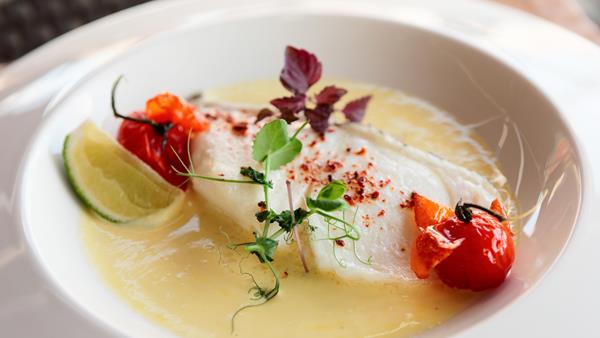
Favourite dishes here include pastel de choclo (corn pie), minced corn mixed with a hard-boiled egg, olives and minced beef or chicken, popular in the Elqui Valley. Arrollado de huaso (pork roll) sees chopped pork mixed with bacon slices, chilies and spices, rolled in pork skin then boiled and served with avocado salsa. Chile’s long coastline provides razor clams covered with parmesan, crab pies, lobster, squid, conger eel and erizos del mar (spiny sea urchins). One traditional soup of the central coast is sopa Patagonica, a chowder-like mix of pork, prawns, mussels and potatoes.
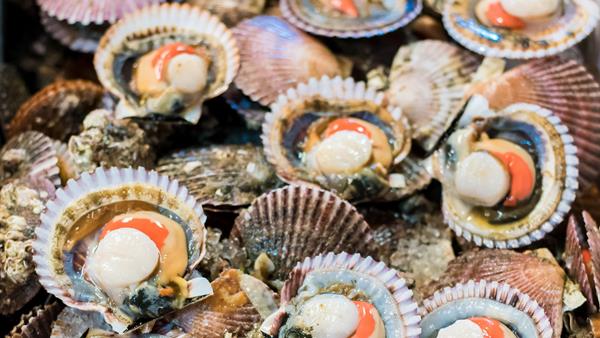
On a late-night trawl of Santiago’s streets, locals and visitors alike appreciate Chile’s legendary street food. Empanadas (baked or fried pastry with meat, fish or vegetable filling) are large enough for a meal; empanada de pino tastily combines minced beef, onions, raisins, olives and hard-boiled eggs. Beef, lamb, goat or even llama churrasco is another favourite: thin cuts of grilled meat on local bread, often with tomato, avocado and mayonnaise.
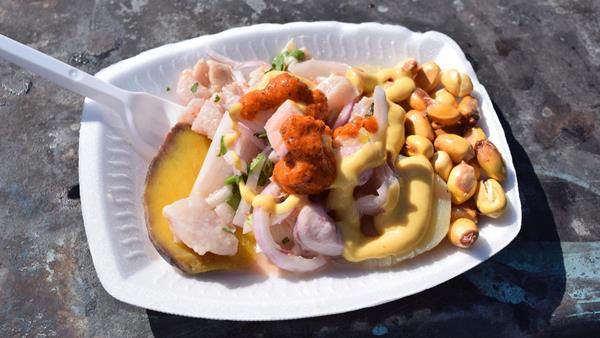
From street food to fine dining: much like the country’s geography, the food scene runs to extremes in Chile. Boragó in Santiago is No.6 in The World’s Best Latin American Restaurants and is classed as the second best restaurant in Chile. Patron Rodolfo Guzmán forages for ancient ingredients with the help of the indigenous Mapuche people (80% of Chileans have Mapuche blood, which is why foraging is in their DNA). His Endemica tasting menu may feature venison tartare with maqui berries or rockfish and rocks, while one of his wines – Tara chardonnay from the Atacama desert – is only served in the world’s top restaurants.
If you can’t get a table at BORAGó, there’s a raft of go-to-eat chefs in Santiago, many of whom have worked abroad, returning (quite literally) to their roots. These include well-travelled Carolina Bazán’s Ambrosia, where French bistro meets Chilean va va voom with oysters with orange butter, sea urchins al matico with onions and herbs. Her sommelier partner Rosario focuses on terroir-driven small wine producers like El Principal. Another supreme talent is award-winning, ex-El Bulli Sergio Barroso Urbano at Restaurant 040 in bohemian Bellavista; end your meal via Room Number 9, leading to a seriously good secret rooftop cocktail bar.
Bustling Providencia is the location for ex-Noma, Azurmendi and BORAGó Kurt Schmidt and award-winning pastry chef Gustavo Saez’ cool 99 Restaurante – Chilean ‘bistronomy’ of market-to-table food: spring pea puree, beet risotto, overgrown onions from Vega market and small-scale natural and organic wines, including the trendy low-alcohol pipeño.
Unforgettable eating isn’t confined to the capital. The Singular Patagonia hotel – a former lamb-processing factory at a Patagonian fjord – is the go-to destination for grilled lamb, rabbit, guanaco (like a small llama) and beef; in the Atacama desert, the driest place on earth, thirsty diners at Alto Atacama can partake of rica rica pisco sour, using a local herb in a riff on the classic cocktail.
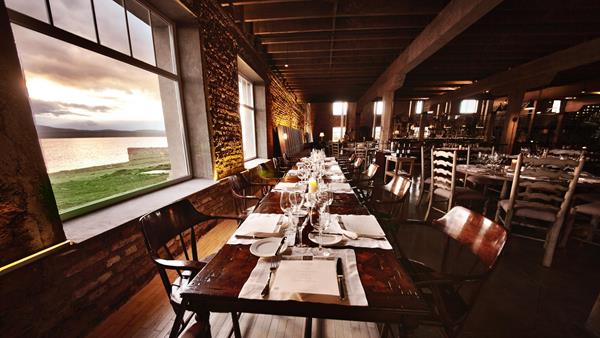
If you’re after the expert inside track, Santiago offers authentic food tours with local experts. For ‘A taste of Santiago’, local chef María José Neut takes you to a typically vibrant street market before moving on to her apartment to sip on pisco sours as you prepare lunch. To eat like a local, a sandwich tour is another must, taking in a typical fricandela (huge sandwich of burgers and pork loin).
It’s not just about unbeatable food, though. Vines were brought to Chile in the 16th century by the Conquistadors, followed later by French grape varieties, allowing Chile to create exceptional New World wines, mainly in Central Valley with its Mediterranean-style climate, and Maipo Valley, stretching east from Santiago to the Andes, producing stunning carmenere, sauvignon blanc and cabernet sauvignon.
In Santiago, a bar tour takes in stunning Chilean wines, unique Latino-inspired mixed drinks and sharing plates, then a vibrant late-night venue serving fun cocktails. And, from March to May, join in the Night Harvest vendimia at vineyards in the Central Valley; four years later you’ll receive a bottle from your own grapes. Alternatively, serious oenophiles can become a winemaker for a day at Central Valley’s most renowned wineries, with the chance to create your own wine, rated by a jury.
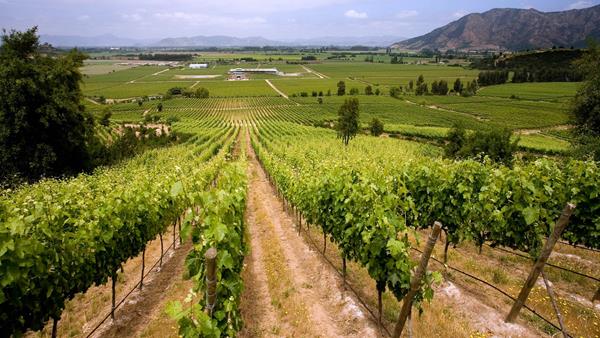
Other tours combine geographical elements with food and wine: dinner at a Rapa Nui home or traditional Umu barbecue means a visit to Easter Island. At Punta Arenas, learn how to prepare a Patagonian lamb barbecue or channel your inner Bear Grylls with a canoe fishing trip, equipped only with can and string line.
- Tailor-made holidays
- Escorted Tours
- Accommodation
- Tailor-made holidays
Classic Chile
Enjoy your stay in trendy Santiago before you begin your tailor made Chile tour.
Remote Chile
Unwind amongst towering volcanoes on this Chile fjords trip and explore the picturesque villages and leafy forests of Chile's Lake District
Patagonia Explored
Explore Patagonia and discover this incredibly varied and vast region of Argentina and Chile
- Escorted Tours
- Accommodation
